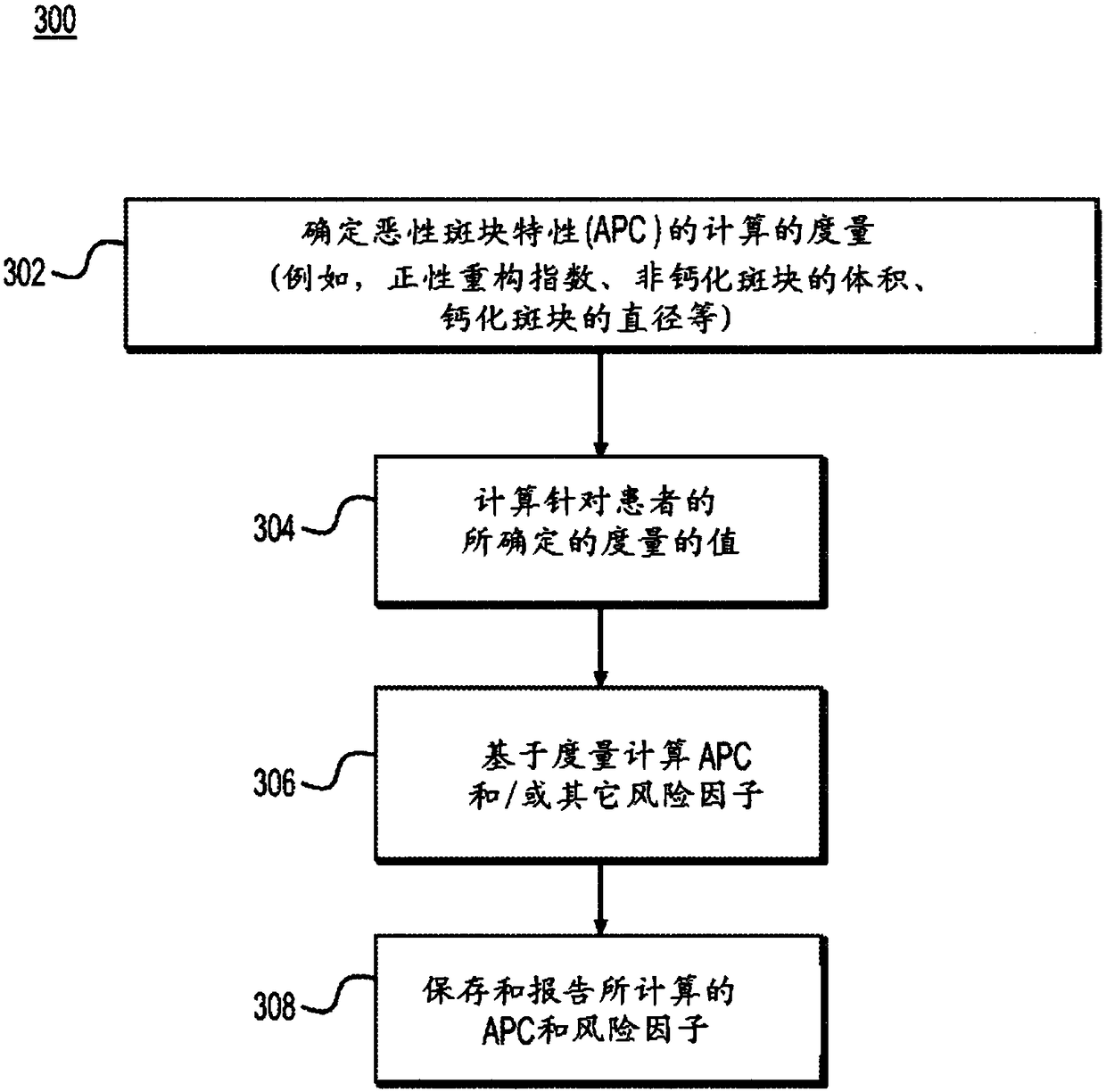Systems and methods for predicting coronary artery plaque vulnerability from patient-specific anatomical image data
A technology of image data and coronary arteries, applied in the field of predicting the vulnerability of coronary artery plaques, can solve problems such as limitations
- Summary
- Abstract
- Description
- Claims
- Application Information
AI Technical Summary
Problems solved by technology
Method used
Image
Examples
Embodiment Construction
[0027] Reference will now be made in detail to the exemplary embodiments of the present invention, examples of which are illustrated in the accompanying drawings. Wherever possible, the same reference numbers will be used throughout the drawings to refer to the same or like parts.
[0028] As described above, a new generation of non-invasive tests has been developed to assess blood flow properties. These noninvasive tests use patient imaging, such as CT, to determine a patient-specific geometric model of the vessel that can be used to computationally simulate blood flow using computational fluid dynamics (CFD) along with appropriate physiological boundary conditions and parameters. Examples of these patient-specific boundary condition inputs include the patient's blood pressure, blood viscosity, and the expected demand for blood by the supplied tissue (derived from scaling laws and estimates of supplied tissue mass from patient imaging).
[0029] The present disclosure relate...
PUM
 Login to View More
Login to View More Abstract
Description
Claims
Application Information
 Login to View More
Login to View More - R&D
- Intellectual Property
- Life Sciences
- Materials
- Tech Scout
- Unparalleled Data Quality
- Higher Quality Content
- 60% Fewer Hallucinations
Browse by: Latest US Patents, China's latest patents, Technical Efficacy Thesaurus, Application Domain, Technology Topic, Popular Technical Reports.
© 2025 PatSnap. All rights reserved.Legal|Privacy policy|Modern Slavery Act Transparency Statement|Sitemap|About US| Contact US: help@patsnap.com



